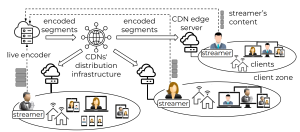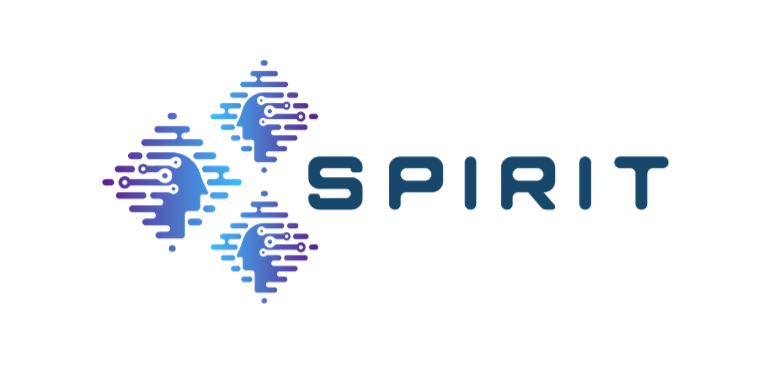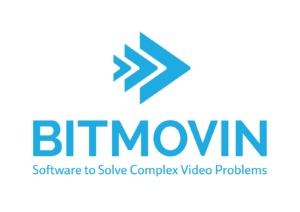Two-Pass Encoding for Live Video Streaming
NAB Broadcast Engineering and IT (BEIT) Conference
5–9 April 2025 | Las Vegas, NV, USA
[PDF]
Mohammad Ghasempour (AAU, Austria); Hadi Amirpour (AAU, Austria); Christian Timmerer (AAU, Austria)
Abstract: Live streaming has become increasingly important in our daily lives due to the growing demand for real-time content consumption. Traditional live video streaming typically relies on single-pass encoding due to its low latency. However, it lacks video content analysis, often resulting in inefficient compression and quality fluctuations during playback. Constant Rate Factor (CRF) encoding, a type of single-pass method, offers more consistent quality but suffers from unpredictable output bitrate, complicating bandwidth management. In contrast, multi-pass encoding improves compression efficiency through multiple passes. However, its added latency makes it unsuitable for live streaming. In this paper, we propose OTPS, an online two-pass encoding scheme that overcomes these limitations by employing fast feature extraction on a downscaled video representation and a gradient-boosting regression model to predict the optimal CRF for encoding. This approach provides consistent quality and efficient encoding while avoiding the latency introduced by traditional multi-pass techniques. Experimental results show that OTPS offers 3.7% higher compression efficiency than single-pass encoding and achieves up to 28.1% faster encoding than multi-pass modes. Compared to single-pass encoding, encoded videos using OTPS exhibit 5% less deviation from the target bitrate while delivering notably more consistent quality.
















